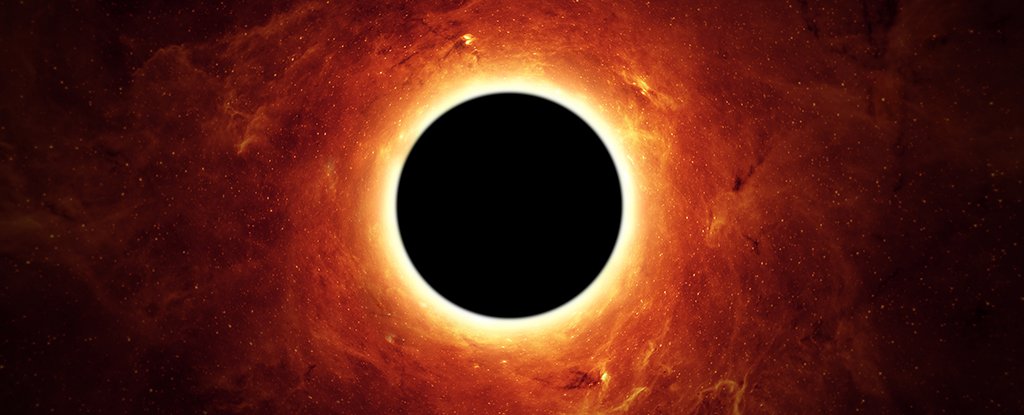A strange phenomenon that was originally discovered in 2013, called a blackbody force, has just become even stranger to us. New research has been carried out that shows how the effects of radiation on particles can be magnified by the space that engulfs them. It could also help scientists finally detect a theoretical form of radiation that will allow black holes to evaporate.
When blackbodies were first discovered, physicists announced them as being any opaque object that absorbs light but doesn’t reflect or transmit it. They found the odd thing about them was that as well as nudging small particles away, they could also pull them closer. What’s even odder is that for those objects that were hot and only had a small amount of mass, it’s possible that the push would be stronger than the pull.
In 2013, a team of Austrian researchers discovered that the radiation that was emitted by a blackbody had a strange affect on atoms nearby. Photons can cause a shift in an atom’s momentum and as a result, they change direction. Large objects can, under certain conditions, be moved around by a beam of light and are the same technique used in a common form of technology called optical tweezers.
The Stark effect changes the positions of an electron to sit in a lower energy state and physicists use electromagnetic radiation to achieve this. Using this information, the Austrian researchers showed how heat radiation was able to use light to push particles away, and also be pulled towards the object, thanks to the Stark shift.
“The interplay between these two forces – a typically attractive gradient force versus repulsive pressure – is routinely considered in quantum optics laboratories, but it was overlooked that this also shows up with thermal light sources,” said lead researcher Matthias Sonnleitner from the University of Innsbruck.
The team also demonstrated how the radiation’s pulling power could be greater than the amount of gravity produced by tiny, hot objects and therefore causing implications for any particles smaller than a dust grain. “These sub-micron-sized grains play an important role in the formation of planets and stars in astrochemistry,” said Sonnleitner. “Apparently, there are some open questions on how they interact with surrounding hydrogen gas or with each other. Right now, we are exploring how this additional attractive force affects the dynamics of atoms and dust.
Picking up on where Sonnleitner left off, another team has started to explore the effects of the blackbody’s shape and effect on the curvature of the surrounding spacetime, specifically in regards to its topology. What they discovered was the topology of space surrounding the blackbody and its curvature had a magnifying effect on the attractive force. This was due to both the effect of gravity and the angle at which the radiation hit the particles.
Although this effect wouldn’t be detectable in a labor even for something as big as our Sun, in regards to massive blackbody objects it could make a huge difference. “We think that the intensification of the blackbody force due to the ultradense sources can influence in a detectable way the phenomena associated with them, such as the emission of very energetic particles, and the formation of accretion discs around black holes,” said lead researcher Celio Muniz from Ceara State University, Brazil. “This wok puts the blackbody force discovered in 2013 in a wider context, which involves strong gravitational sources and exotic objects like cosmic strings as well as the more prosaic ones found in condensed matter.”
Related Links;
- A New And Unusual Force in The Universe Just Got Even Stranger
- Attractive Optical Forces from Blackbody Radiation
- Dependence of the blackbody force on spacetime geometry and topology
More News to Read
- Presenting The ‘Chit’ — The One and Only Chemical Hard Drive
- Abnormal Proteins Apparent in Alzheimer’s, Parkinson’s, and Huntingdon’s Patients
- What’s the Deal With Transformative Artificial Intelligence?
- Space Station Experiments Could Prove that Dark Matter Destroys Itself
- A New Method Tracks Unique Neurons and Brain Activity to Specific Actions in Zebrafish











